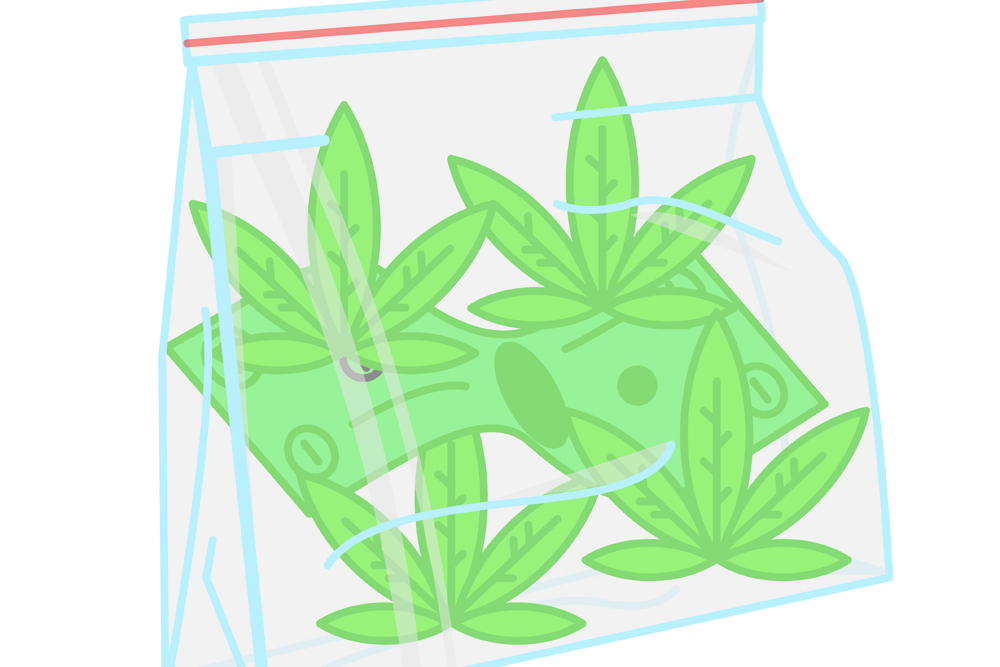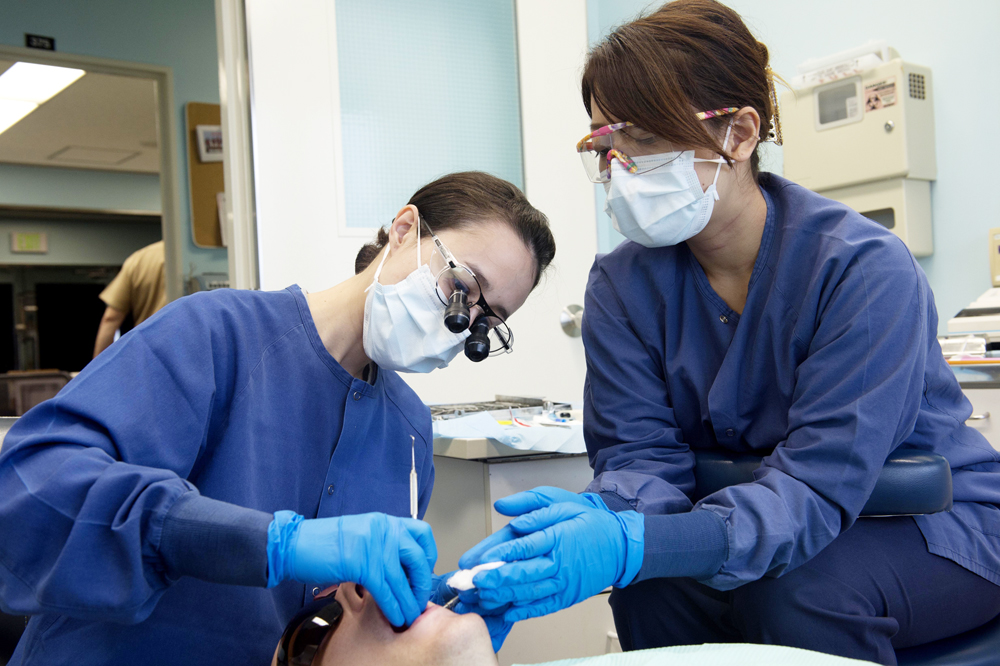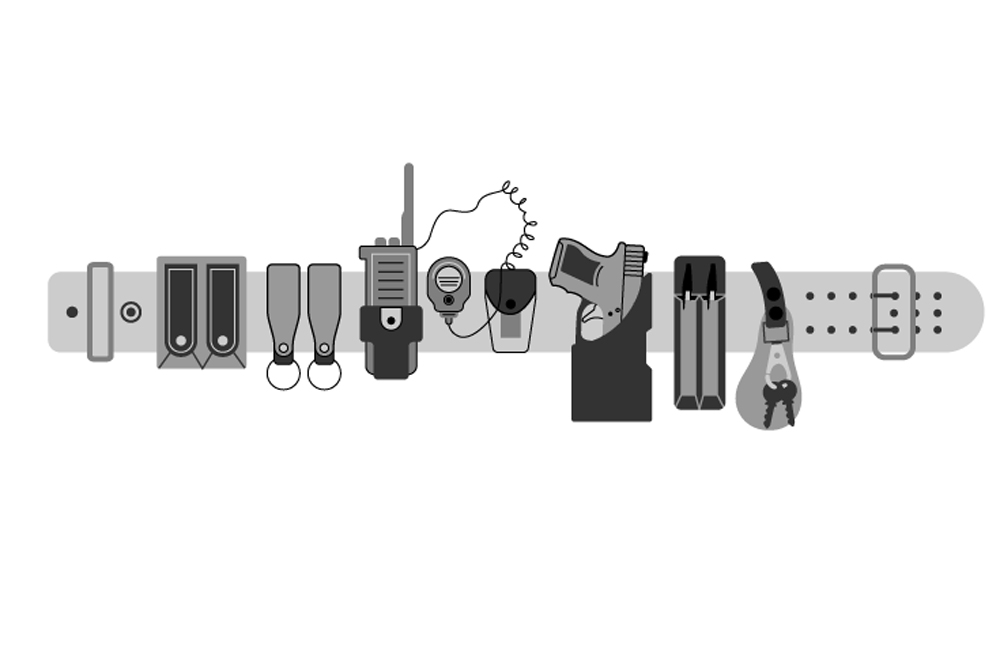I finally gave in to my curiosity and checked out a couple of Washington’s recreational marijuana shops.
I had heard plenty of stories about supply issues being a problem with this newly legitimized industry, and it was with concern for Oregon medical marijuana patients that I asked more direct questions than I otherwise would have. The employees told me how the regulations worked and why the prices were around four times what medical patients would have paid in Oregon.
The high prices of the product in Washington basically come down to a very poorly thought-out taxation structure. Initiative 502 entitles the government to a 25 percent tax once at the growth level, again at the processing level and once more at the retail level. So in order for anyone to make any profit, the prices have to be completely ridiculous.
All of that taxation for a product that is, to be as polite as possible, not up to my picky Oregonian standards.
The pricing structure is also strange, as the product is prepackaged by specified weights and, in fact, cannot even be opened on the premises or in one’s car (thanks to open container laws). This would result in prices around $35 a gram for flower, but one would have to purchase two or three and a half grams in total because the package cannot be separated.
These prices are much higher than a medical patient would pay for untaxed medication in either Oregon or Washington, where prices generally hover between $4 and $15 per gram depending on potency and more subjective things.
Interestingly, the prices in Washington don’t seem to be determined by potency at all. In my experience, marijuana that has higher amounts of an active ingredient, either the more high-inducing Tetrahydrocannabinol (THC) or the medically sought-after Cannabidiol (CBD), demand higher prices.
For example, an Oregon medical dispensary would ask for $4 per gram for product with less THC (maybe 8–12 percent) or CBD (less than 4 percent) and then ask $15 per gram for another strain with very high amounts of THC (18–27 percent) or CBD (more than 4 percent). It is hard to find any strains in Oregon with percentages of active components less than these.
And yet somehow in Washington marijuana that has only 6 percent THC and .45 percent CBD sells for $37. In case you couldn’t follow all that, they are selling quite a bit less for quite a bit more.
Of course, the stuff that you buy from a medical dispensary should be stronger than the stuff that a recreational user is able to get their hands on. That seems like common sense, but the strange bit was that at that same Washington store there was a knockout strain (21 percent THC), and it didn’t cost more than a dollar or two more.
This tells me that the whole cost of the product is in the taxation rather than the quality of the product. Such a structure could strangle Washington’s marijuana industry even as it takes off.
It was concerning to hear rumors from Washington retail employees about ending the unregulated medical marijuana program. Apparently the recreational tax revenue is such a boon to the state government that they are considering getting rid of the medical program altogether.
Strangely, although the recreational marijuana in Washington has to be tested for mold and fungus, as well as the amount of active ingredients, the medical marijuana, being completely unregulated, does not.
According to several people, purchasing medicine from a medical dispensary in Washington is basically the same as buying from a black market dealer.
For the state, it makes sense from a fiscal standpoint to cannibalize the medical market, as it is seen by many as a way for recreational users to illegitimately get access to tax-free product. Even though that might be the case, it still seems completely ridiculous to me to tax a patient who really needs this medicine an exorbitant amount in order to prevent some cheater from getting really strong pot.
The whole of my experience in Washington left me with doubts about our own efforts toward legalization of recreational marijuana and how legalization would affect medical patients.
After reading Measure 91, my mind was eased. Unlike I-502, 91 sets a flat tax on product at a rate of $35 an ounce only once, at the producer level. This means that legal marijuana sellers in Oregon would be able to keep prices close to those of the black market. Thus medical dispensaries would be able to actually compete in the market. This is something that Washington’s bloated prices cannot ensure.
I think Measure 91’s intention of keeping prices low will serve the state’s tax revenue purposes better than Washington’s baby steps in the right direction. It doesn’t make sense to punish people for following the rules, and it seems like that is a concept that Washington will need to fit in next election cycle.
Oregon’s medical dispensaries, luckily, have already been loosely regulated. Hopefully this difference from Washington will deter any attempts to combine recreational and medical marijuana in a way that harms affordable access for patients.
I fear that the real problem will simply be supply and demand. My assumption is that if marijuana becomes legalized in Oregon there will be plenty of people who will want to partake who previously might not have, given its legal status.
Because of this new market, as well as a pencil-pushing scramble for new production licenses, I think it would be safe to say that we could see some increases in prices for both recreational and medical users until the market gets its feet. But it seems to me like Measure 91 is a golden opportunity to progress marijuana legislation on the national stage, and if all goes well, perhaps even be an example to other states wishing to cash in on the “green” movement. We will have to wait and see.






